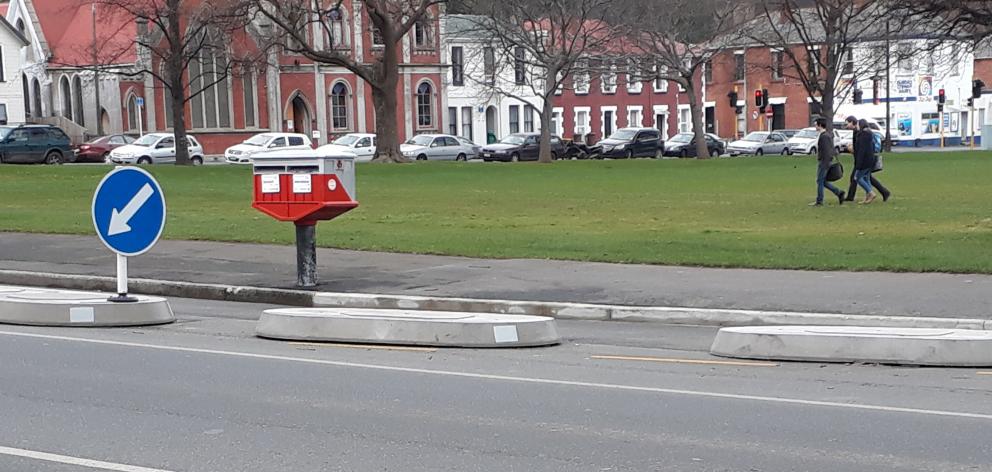
We do our best to provide an error-free read. But that of course is impossible, even though an article will generally go past at least six pairs of eyes before being printed.
So when we miss a clanger or, for example, have problems with the crossword puzzle grid, it is good to hear from you and for us to know there are many readers out there paying close attention to their ODT.

In Monday's paper on page 3 we carried a poignant story of the family of World War 1 soldier Private Peter Leitch commemorating the centenary of his death in a French hospital.
Unfortunately, we claimed a ''burglar'' played the Last Post towards the end of the ceremony at Otokia Cemetery, when of course it was played instead, as is much more traditional, by a bugler, Sara Arnel.
Thank you to the couple of dozen readers who wrote in to tell us one is quite different from the other. And we'll get it right next time, Sara!
Oxymorons
These continue to dribble in. ''Original copy'' was one that seemed quite appropriate to being a journalist. But also submitted have been ''seriously funny'' and ''civil war''.
Trevor Norton, of Temuka, has suggested ''an oxymoron we see every day without paying any attention to''.
''This is the one that says 'Road Works'. This notice is erected in places where the road does NOT work in a manner you'd expect of a road.''
Nice one, thanks.
Memories of snow
And recollections of when we used to get snow in winter continue to drift in (get it?).
Shona Munro remembers the region's big July 1957 fall.
''My mother was in Quendon private maternity hospital in South Dunedin following the birth of my sister, Heather, when the 1957 snowfall occurred.

''By your dates for the big snow, Heather would have been at least 10 days old.
''My immediate thoughts were for my dad, who spent his holidays minding five of us under 8 (no parental leave back then). And on further reflection, I thought of my poor mum going home to look after six under 8 - imagine her trying to dry the washing.
''That story shows there was pressure on hospital beds even then.''
Ron Hiscock also recalls the big snow drifts at Mt Benger.
''The old farmers let us teenagers loose on the hill - myself, sister, and our cousin who lived next door at Dumbarton - to go snow raking with long poles.
''The idea was to poke the poles into the snow drifts - if you got a bump, there was sheep down there somewhere. Then you'd yell and scream to attract the attention of the rest of the crew of farmers.
''We were young and fit and bounced all over the mountains. We took an old Martini[-Henry] rifle out next day but there were no deer - we had chased them all away.''
Let's hop in our time machine and turn the clock back further to July 1939, to what is generally recognised as the biggest snowfall in the region's history. This polar outbreak began on Monday 24th and continued until Thursday, with 35cm of snow lying at St Kilda and more than a metre in Roslyn and Maori Hill. Snow fell and settled as far north as Auckland, and was even observed at Cape Reinga.
Sadie Andrews, nee Robinson, says she has little recollection of the 1957 event.
''Maybe that was the winter the duck pond at the [Botanic] gardens froze? I have a movie of the ducks coming in to land.
''But in 1939 I lived at the top of Drivers Rd. My dad was away, trapped in Southland. I was 6 years old and some older children took me tobogganing down Drivers Rd.
''Our house at No69 was a wooden bungalow a bit below street level. Our driveway was well covered and we were snowed in.
''I can remember my mother standing on the front porch catching a loaf of bread the grocer threw to her. Our milk was still delivered, as he had a horse and cart. I think there were reports of medical students on skis delivering milk on the peninsula.
''Shop verandas in town collapsed with the weight of snow and I think Dunedin was cut off for four days.''
